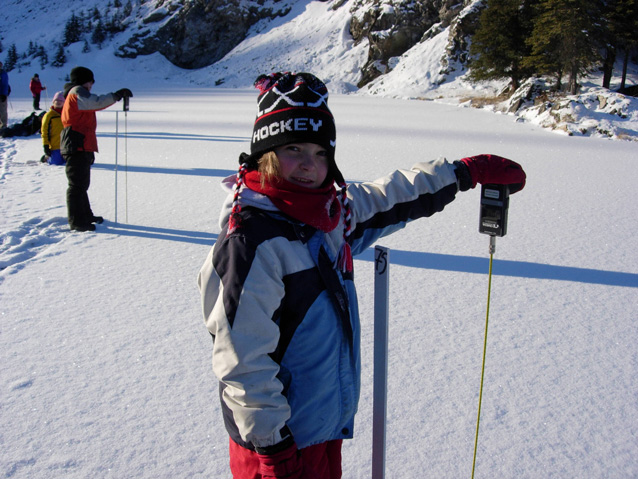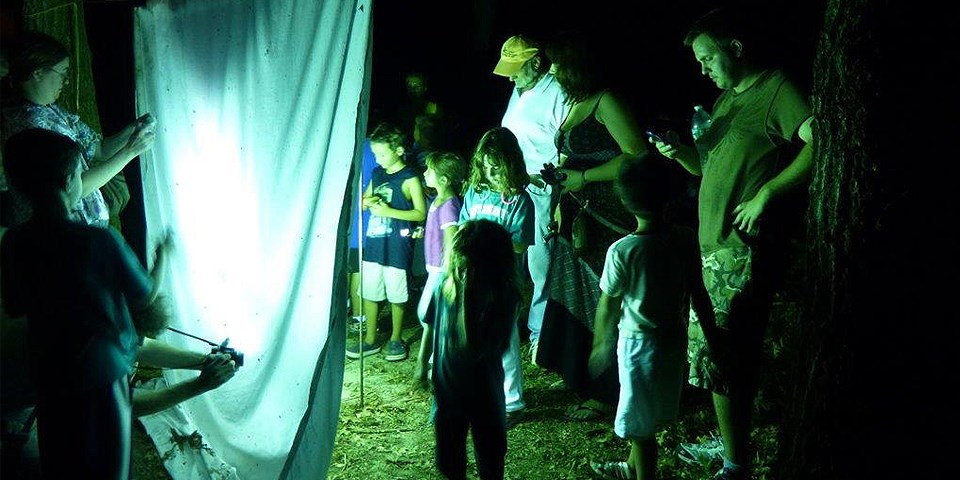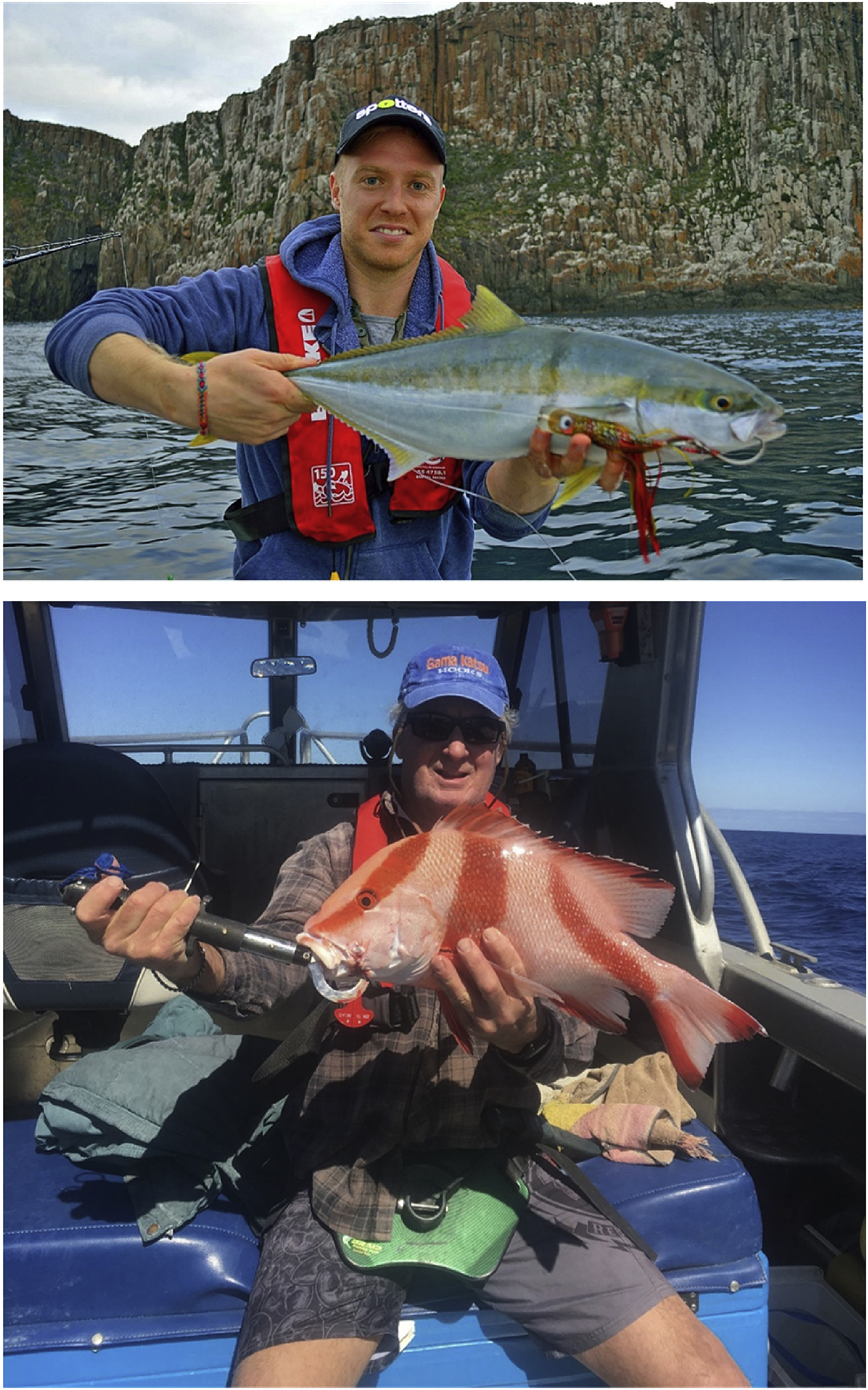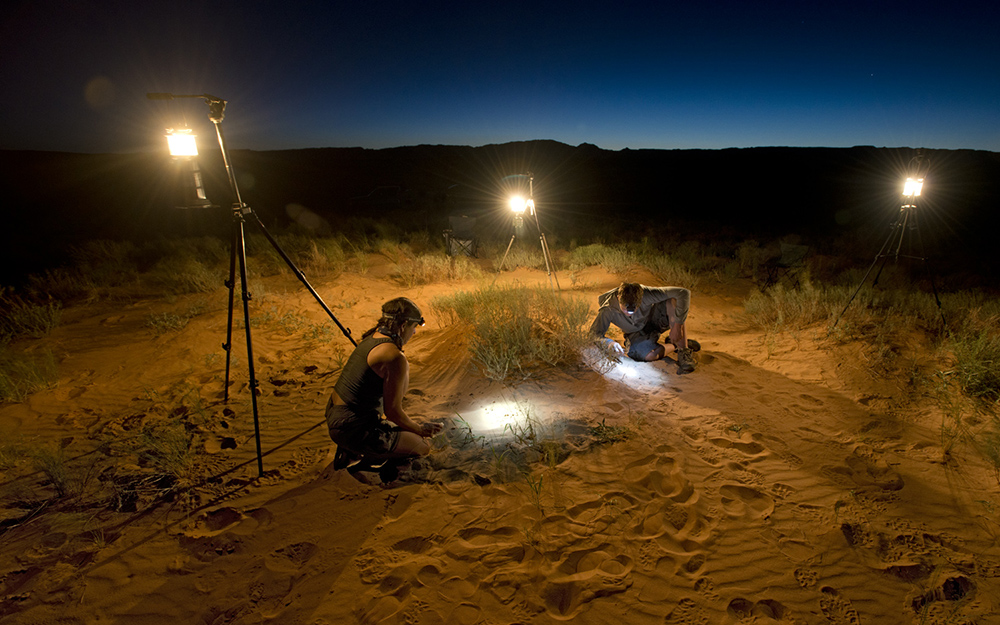Abstract: The continuity of long-term environmental datasets provided by citizen science groups has the potential to address the specific concerns of multiple audiences. We designed an analysis framework based on a 16-year dataset across 40 sites in Puget Sound, WA, USA, which citizen scientists collected by visiting beaches annually and using prescribed protocols to record biodiversity, substrate, and slope. The framework was developed collaboratively by local citizens, agency managers, and academic scientists, incorporating objectives emphasized by each group while addressing overlapping appeal: (1) volunteers highlighted a natural history focus to analyze patterns of biotic and abiotic attributes; (2) managers highlighted a trend analysis to document changes through time; and (3) academic scientists highlighted an impact focus to analyze effects of habitat types and disturbances on biodiversity. By using this framework, we showed that volunteer objectives that describe natural history could categorize beaches according to fauna and flora assemblages and sediment composition. Management objectives that describe trends in eelgrass were stable, with site-specific variability. Science objectives that measure impacts found that dynamic beaches with active sediment movement had higher taxa richness. We conclude that the analysis had broad appeal across users, and we link how natural history, trend, and impact studies can be developed along spatial and temporal components to address multiple objectives and conservation goals.
Source: Toft, J. et al., 2017. A Framework to Analyze Citizen Science Data for Volunteers, Managers, and Scientists. Citizen Science: Theory and Practice. 2(1), p.9. DOI: http://doi.org/10.5334/cstp.100



